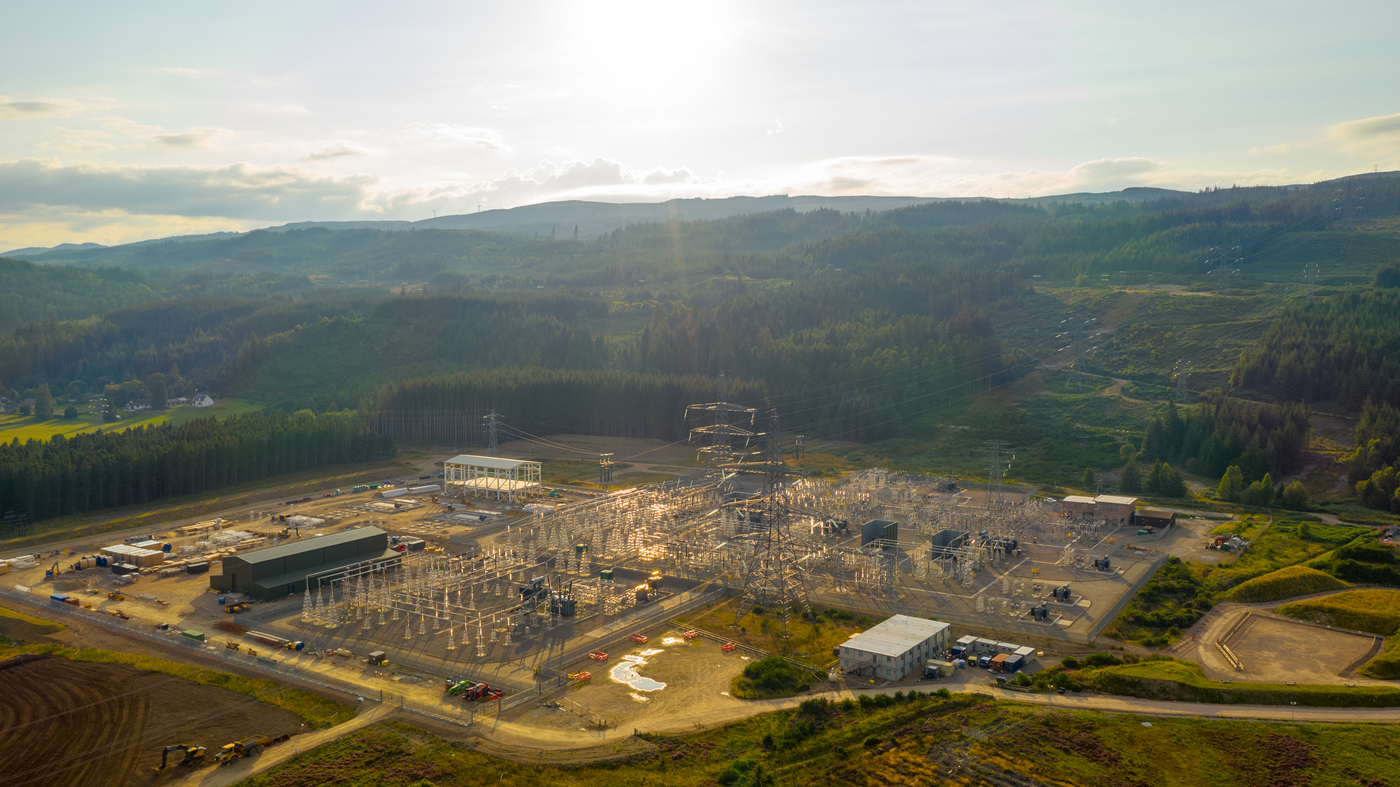SSEN Transmission welcome decision to support Fort Augustus-Skye network upgrade
- Upgrade of existing electricity transmission infrastructure key to enhance security of supply and connect new renewable electricity generation
- Project will support UK and Scottish Government renewable and net zero targets, including recently announced UK Government Energy Security Strategy by enabling homegrown, low carbon electricity generation
- £400m investment will support hundreds of skilled jobs throughout construction and unlock many more throughout the supply chain and wider economy
SSEN Transmission welcomes the Highland Council’s decision to support its Section 37 application for the replacement of the Fort Augustus to Skye overhead line.
The existing Fort Augustus-Skye overhead line is fast approaching the end of its operational life and is in urgent need of intervention. Its planned replacement is therefore essential to maintain network reliability and security of supply to thousands of homes and businesses along its route, as well as to the Western Isles, which is primarily supplied by two electricity distribution subsea cables from Ardmore point.
A spokesperson for SSEN Transmission said:
“We welcome today’s decision by the Highland Council to support our Section 37 application for the replacement of the Fort Augustus to Skye overhead line. We also note the Council’s clear support for our preferred alignment as the line passes Kylerhea, which is also supported by a number of our stakeholders, in particular the local community.
“The existing overhead line from Fort Augustus to Skye is fast reaching the end of its operational life, as demonstrated by a recent fault which resulted in the temporary loss of power to over 20,000 customers along its route and in the Western Isles, which is supplied by two subsea cables from north Skye.
“As well as maintaining network reliability in the local area and in the Western Isles, the replacement line will also enable the connection of new renewable electricity generation along its route, supporting the transition to net zero and helping secure the country’s future energy independence.
“We now look forward to the Scottish Government’s determination of our Section 37 application and remain committed to work constructively with all stakeholders to ensure the timely delivery of this critical national infrastructure, which is essential to keep the lights on and support the transition to net zero.”
At an estimated cost of around £400m, the project is one of the most significant energy investments in the West Highlands since power was first brought to the area in the 1950’s. This investment will unlock hundreds of skilled jobs throughout the construction phase and many more throughout the supply chain and wider economy, providing a major boost to local and national economies.
Background
- For more information on the Skye reinforcement project, please visit https://www.ssen-transmission.co.uk/projects/skye-reinforcement/
- Ofgem’s decision on the Skye Initial Needs Case can be found via the following: https://www.ofgem.gov.uk/publications/isle-skye-decision-projects-initial-needs-case-and-its-suitability-competition
